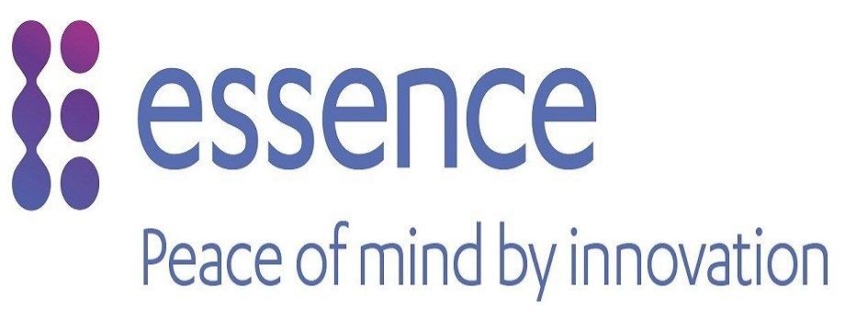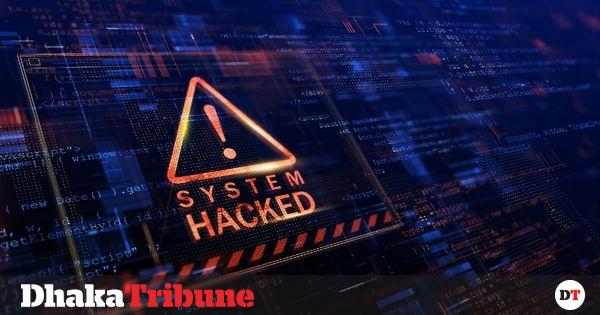Essence Group successfully meets devices supply demand throughout 2021
Top 10 articles of 2021 reflect a changing security marketplace
Our most popular articles in 2021 provide a good reflection of the state of the industry. Taken together, the Top 10 Articles of 2021, as measured by reader clicks, cover big subjects such as smart cities and cybersecurity. They address new innovations in video surveillance, including systems that are smarter and more connected, and a new generation of computer chips that improve capabilities at the edge.
A recurring theme in 2021 is cybersecurity’s impact on physical security, embodied by a high-profile hack of 150,000 cameras and an incident at a Florida water plant. There is also an ongoing backlash against facial recognition technology, despite promising technology trends.
Cross-agency collaboration
Our top articles also touch on subjects that have received less exposure, including use of artificial intelligence (AI) for fraud detection, and the problem of cable theft in South Africa. Here is a review of the Top 10 Articles of 2021, based on reader clicks, including links to the original content:
Smart cities have come a long way in the last few decades, but to truly make a smart city safe
Safety in Smart Cities: How Video Surveillance Keeps Security Front and Center
The main foundations that underpin smart cities are 5G, Artificial Intelligence (AI), and the Internet of Things (IoT) and the Cloud. Each is equally important, and together, these technologies enable city officials to gather and analyse more detailed insights than ever before. For public safety in particular, having IoT and cloud systems in place will be one of the biggest factors to improving the quality of life for citizens. Smart cities have come a long way in the last few decades, but to truly make a smart city safe, real-time situational awareness and cross-agency collaboration are key areas that must be developed as a priority.
Fraud detection technology
How AI is Revolutionising Fraud Detection
Fraud detection technology has advanced rapidly over the years and made it easier for security…



